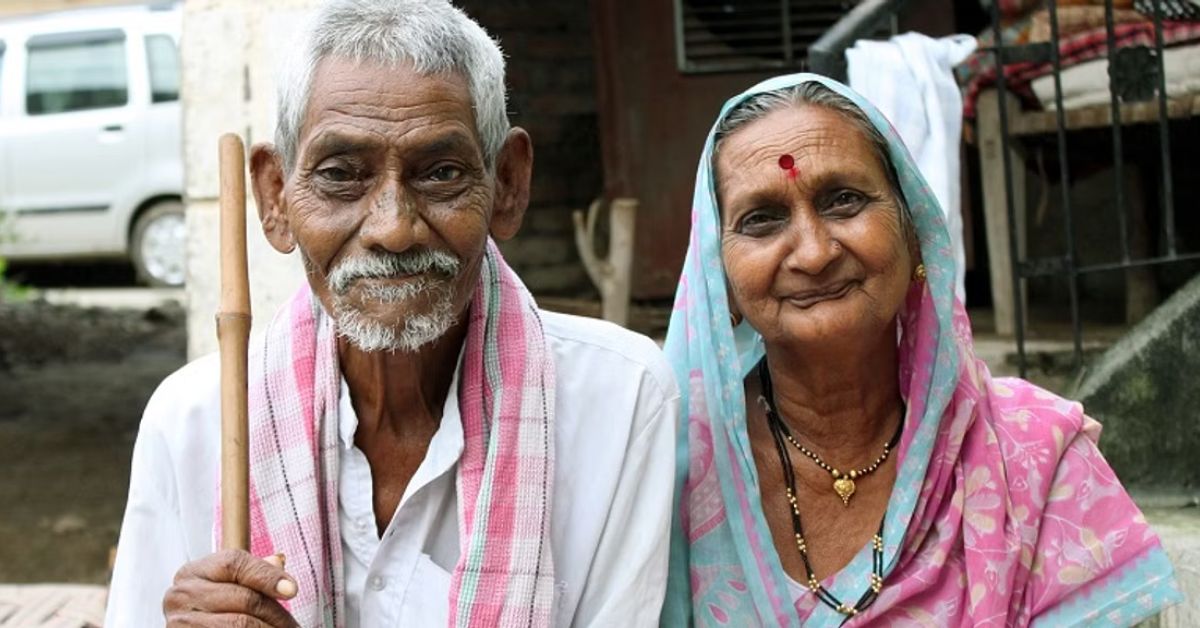Report: Elderly Population Projected to Reach 36% by the End of the Century
A report released on Wednesday reveals that by the middle of this century, individuals above the age of 60 will make up one-fifth of India's population, surpassing the number of children aged zero to 14. The "India Ageing Report 2023," a collaborative effort between the United Nations Population Fund (UNFPA) and the International Institute for Population Sciences (IIPS), indicates that in 2022, there were 149 million individuals aged 60 and above, accounting for approximately 10.5% of the country's population. By 2050, this proportion is expected to double to 20.8%, equating to 347 million older individuals.
The report predicts that by the end of the century, the elderly population will constitute over 36% of India's total population. It also anticipates that by 2046, the number of elderly citizens in India will surpass that of children aged 0-14, marking a significant demographic shift. The report emphasizes the need for multiple measures to create a supportive and enabling environment for the elderly.

However, the report underscores variations in the ageing population across states, with southern and select northern states like Himachal Pradesh and Punjab having a higher proportion of elderly individuals compared to the national average. This gap is expected to widen by 2036. States with higher fertility rates and slower demographic transitions, such as Bihar and Uttar Pradesh, are also projected to witness an increase in their elderly populations, although the level will remain below the national average.
The report introduces the concept of the "ageing index" to measure the number of elderly individuals (60+) per 100 children (below 15 years). The index score rises as the population ages.
It also highlights various challenges faced by the elderly based on demographic characteristics, including gender, ethnicity, and age. Older women, particularly widowed individuals, are noted to experience higher incidence rates of morbidities and isolation. Rural elderly individuals face unique challenges, including income insecurity, limited access to quality healthcare, and isolation due to poor road and transport infrastructure.
The report recommends several measures to address these challenges, including raising awareness of government schemes, involving community-based organizations in implementing these schemes, gathering beneficiary feedback, enhancing healthcare and financial security, strengthening collaboration with the private sector, improving disaster preparedness for the elderly, and enhancing the data system on population aging.
Andrea M. Wojnar, UNFPA India representative and country director in Bhutan, emphasized the importance of ensuring the well-being of older individuals and acknowledging their significant contributions to society. Saurabh Garg, secretary of the social justice ministry, stressed the need to provide elderly populations with access to the care and support necessary for them to lead healthy, dignified, and fulfilling lives as the country ages.
Also Read: Report Reveals China Leading in Alzheimer’s Patients Worldwide
OTT India updates you with the latest news, The Country’s no.1 digital news platform OTT India, Keeps you updated with national, and international news from all around the world. For more such updates, download the OTT India app on your Android and IOS device.
.





